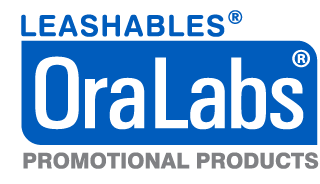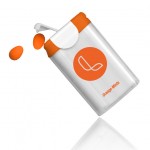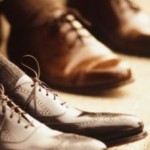The temperature is heating up, and your kids are spending more time outdoors. They’re sweating; they’re swimming. They need extra sun protection—and so do you!
need extra sun protection—and so do you!
The sun’s ultraviolet (UV) rays are at their strongest during the summer, and unprotected skin can be damaged in as little as 15 minutes. While applying a SPF (sun protection factor) 30 sunscreen is important throughout the year, taking extra sun-safety precautions during the summer is especially important.
Try these tips on your next family trip to the beach, pool, playground, ballpark or amusement/water park.
1. Put on extra sunscreen
“Kids who are sweating or swimming need to reapply sunscreen more often,” says Dennis Hughes, M.D., Ph.D., a pediatric oncologist who takes care of children with melanoma at the Children’s Cancer Hospital at MD Anderson. “Reflective surfaces, such as water and sand, can intensify the sun’s rays and cause a greater burn.”
A sunscreen with an SPF of at least 30 protects the skin from the sun. Apply one ounce of sunscreen (about the size of a ping pong ball) to all sun-exposed areas of the body. Don’t forget the ears, feet and behind the neck.
Because sunscreen can take up to 30 minutes to go into full effect, it’s a good idea to apply it at home before you drive to the pool or beach.
“Don’t let the kids out the door without being fully covered with sunscreen,” Hughes says. “If they’re spending time at a summer camp, make sure you give the camp counselors extra sunscreen for reapplication throughout the day.”
2. Protect lips and eyes
Choosing the right sunglasses and lip balm also can provide added UV protection for parents and kids. Apply a lip balm that offers SPF protection and reapply throughout the day. Choose wrap-around sunglasses that absorb at least 99% of UV rays to protect your eyes and the skin around your eyes.
3. Wear sun-protective clothing
While most people usually know to use sunscreen and sunglasses, few are aware of the availability of sun-protective clothing. Many companies offer a variety of sun-protective clothing with as much as ultraviolet protection factor (UPF) 50.
UPF indicates how much UV radiation can penetrate the fabric in clothing. For example, a shirt with UPF 30 means that just 1/30th of the sun’s UV radiation can reach the skin.
You can find swimsuits, hats, shirts, shorts and jackets that offer UPF protection in every color and size for both kids and adults.
“Certain items in your closet also may do the job,” says Susan Chon, M.D., assistant professor in the Department of Dermatology at MD Anderson. “Wear tightly woven, dark-colored fabrics.”
“These colors and fabrics offer more protection than others,” Chon says.
According to Chon, a long-sleeved shirt may offer sun protection; however, most light-weight cotton shirts used in the summer don’t offer more than UPF 10.
“A simple way to test your tee’s UV level is to hold it up to a light bulb. If you can see the light coming through, it probably isn’t offering you maximum protection.”
4. Find or make shade
It’s always a good idea to have a place where you and your family can find shade from the sun. Plan ahead.
“Seeking shade is especially important between 10:00 a.m. to 4:00 p.m. when the sun’s ultraviolet (UV) rays are at their strongest,” Chon says.
Depending on the activity or location, one of the options below may work for you.
- Choose parks with a covering over playgrounds. More parks are adding this feature to their kid’s play area.
- Carry a large beach umbrella. Did you know you can buy umbrellas with UPF protection? You can find a variety of good ones online.
- Put up a tent if you have the space. This is an especially good idea for large groups.
- Choose seating areas near trees.
5. Make a travel size sun-safety kit
You never know what the day has in store. At the beginning of the summer, create a travel size kit with all the items you need to keep your family sun safe. Don’t leave home without it!
Here are some basic, portable items to put in your kit.
- Sunscreen with SPF 30 or higher
- Lip balm with SPF 15 or higher
- Hat with a brim or cap
- Long-sleeved shirt
- Sunglasses with UV protection
“These are great items to keep handy in your bag to prepare for the sun as it intensifies throughout the day,” Chon says.
credit to: MD Anderson Cancer Center






